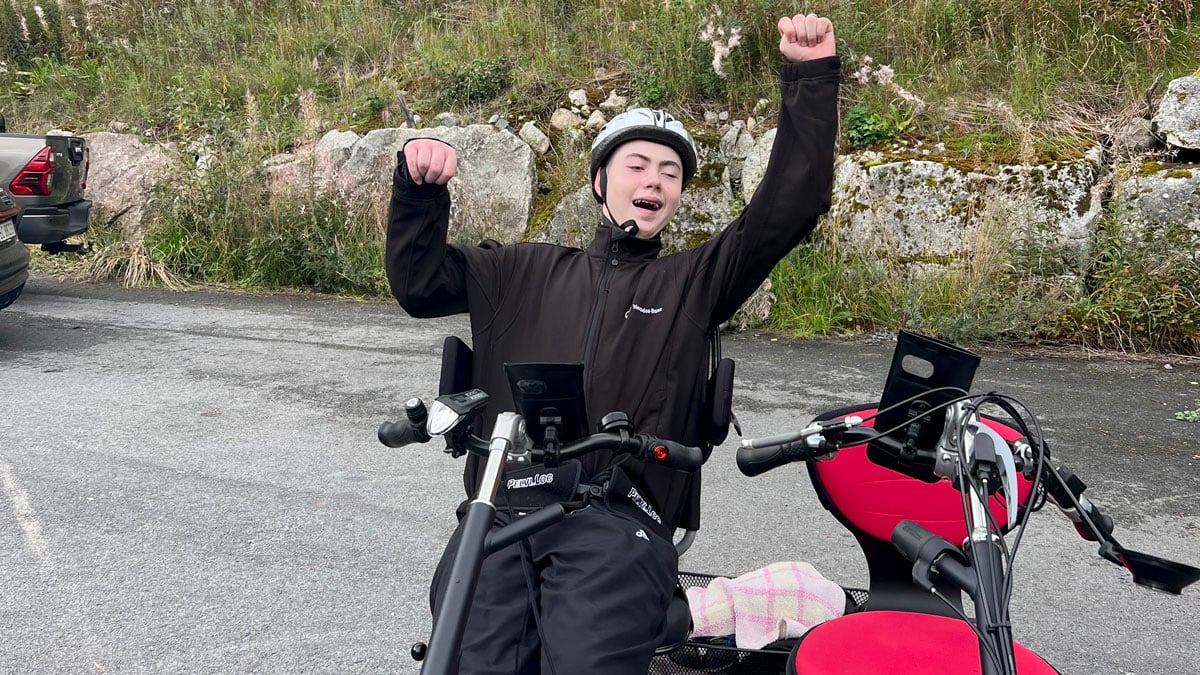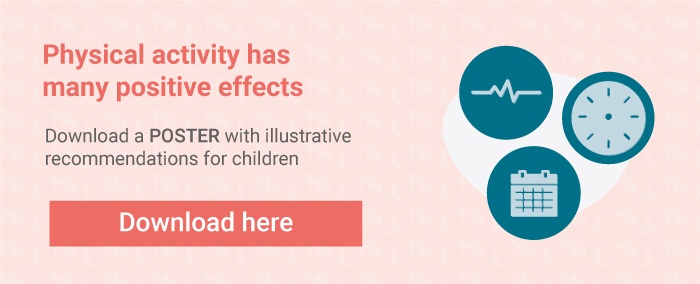What is a disability?


A disability entails the loss of, damage to, or deviation from bodily or psychological functions, in the form of mental, physical, intellectual, or sensory challenges.
In this article you can read more about:
- What is a disability?
- Different types of disabilities
- What causes disability?
- Living with a disability
- Assistive devices
- Personal Assistance (PA)
- Accessibility Design
- Real-life stories
What is a disability?
A disability entails the loss of, damage to, or deviation from bodily or psychological functions, in the form of mental, physical, intellectual, or sensory challenges.
Disabilities are part of being human - according to the World Health Organization (WHO), nearly everyone will experience a temporary or permanent disability at some point in their life. In fact, about 18 percent of the population is living with a disability at any given time.
But what does this really mean, and how does it affect daily life?
Different types of disabilities
- Physical impairments - affect a person's mobility. For example, cerebral palsy, spinal cord injuries, and amputations.
- Sensory impairments - affect a person's vision or hearing. For example, deafness, hearing loss, and visual impairment.
- Cognitive or mental function impairments - include conditions that affect learning, communication, and mental health, such as autism, Down syndrome, and various mental disorders.
- Chronic health conditions - some can lead to disabilities over time, such as diabetes and heart diseases.
What causes disability?
There are many possible causes of disabilities, including genetics, illness, and injuries.
Some disabilities, such as Down Syndrome and Spinal Muscular Atrophy, are genetic diseases present from birth, while others may occur immediately after birth due to complications, such as cerebral palsy. Other disabilities can develop over time or occur suddenly due to illness, accidents, or aging.
Living with a disability
Navigating daily life with disabilities can present various challenges, both for the individual and those around them. However, this does not mean one cannot live a good life. It is important to recognize the obstacles that may arise and look at different solutions and adaptations that make life with a disability easier - such as assistive devices, user-controlled personal assistance, and accessibility design.
Assistive devices
Assistive devices are tools, technologies, or systems designed to prevent further disability, support the person's independence and opportunities for participation, and ease the caregiving burden.
The use of assistive devices is intended to strengthen the person's ability to manage their own needs, and by facilitating greater independence, assistive devices contribute to improving the quality of life and enabling more inclusive participation in society for people with various needs.
There are a variety of different assistive devices available for those with reduced functional ability and some equipment can be accessed through the NHS. Other equipment or, for example, necessary changes to your home can be accessed through local Social Care provisions or purchased through case management or charity grants.
Read also: Which device suits my child?
Personal Assistance (PA)
PA is a scheme that gives people with long-term and comprehensive assistance requirements greater freedom and control. This includes everything from help at home to assistance at the workplace or participation in social activities, contributing to increased societal participation on their own terms. PAs are chosen and employed by the user themselves, and it is they who decide what the assistants should assist with and at what times.
Accessibility Design
Accessibility design is a fundamental principle that supplements the provision of assistive devices and support schemes. Accessibility design is about designing products, environments, services, and programs so that they can be used by as many people as possible, regardless of functional ability.
This strengthens the accessibility and user-friendliness of environments and services, complementing the goal of increased independence and participation. When combined with the wide range of assistive devices and support schemes, a robust framework is created that enables activity for everyone.
Together, the combination of assistive devices, support schemes, accessibility design creates a foundation for a society where everyone has the opportunity to participate and live independent lives, playing a critical role in improving the quality of life for people with disabilities.
Real-life stories
The stories of Krister and Alvin are vivid examples of how assistive devices and support schemes can have a positive impact on the lives of people with disabilities. These two young boys have faced significant challenges due to their disabilities, but they have also experienced great improvements in their quality of life due to their own willpower and access to assistive devices such as Innowalk.

Innowalk has enabled them to stand and move within a controlled environment, which has had far-reaching positive effects on their physical health by improving blood circulation and muscle strength. Furthermore, it has also had an encouraging effect on their social relationships and mental well-being by giving them a renewed sense of mobility and freedom.
For people like Krister and Alvin, access to such assistive devices represents more than just physical assistance: it breaks down barriers and opens doors for more active participation in social activities and education, highlighting the importance of assistive devices and support schemes.
The use of these assistive devices and support schemes shows the way towards a more inclusive society, which not only offers means to overcome physical barriers but also acts as bridges towards greater participation and belonging in society.
Through inspiring stories like Krister's and Alvin's, we are reminded of the transformative effect of access to assistive devices and support, and they illuminate the potential for improving quality of life and underline the importance of accessibility.

Rikke Damkjær Moen brings many years of experience as clinical physiotherapist to the Made for Movement team. Her mission is to ensure that everybody, regardless of mobility problems, should be able to experience the joy and health benefits of physical activity. As our Medical Manager, Rikke is passionate about sharing knowledge so that individuals with special needs, families, and clinicians can discover the possibilities and solutions provided by Made for Movement.
The F-words: Fitness, Function, Friends, Family, Fun and Future help practitioners, educators, and families to create a supportive and...
Hauke is an 18-year-old young man. Next summer, he will move from school to a daily activity center. To maintain his independence with...
The new Innowalk Pro, an end-effector gait trainer for full-body robotic therapy, has recently been launched and is used in various...
Hear from us from time to time and learn new things
